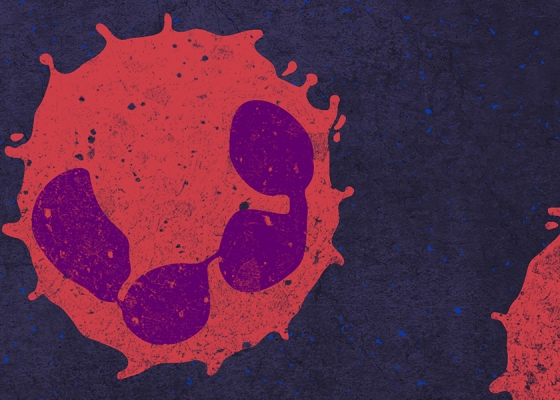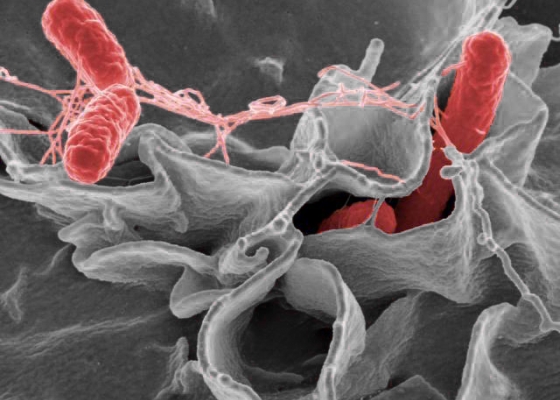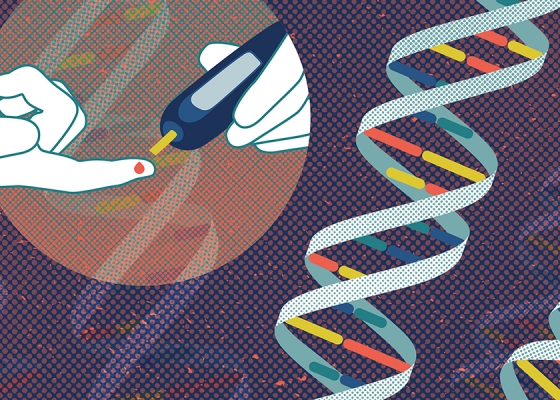Inflammasome Inhibition

Project Description
Inflammasomes are potent drivers of inflammatory responses, and are thus important for microbial clearance. But uncontrolled or inappropriate inflammatory responses are responsible for a wide variety of human diseases (e.g. septic shock, gout, diabetes, neurodegenerative diseases, various cancers). Cellular mechanisms of inflammasome inhibition are poorly characterised but of key importance to human health. New pharmacological approaches for inflammasome inhibition have broad potential for the treatment of human inflammatory and neurodegenerative diseases.
Projects:
- Negative regulation of caspase activity
- Inflammasome destruction by autophagy
- New drugs to treat inflammasome-driven disease
Select Publications:
- Hill JR, Coll RC, Schroder K, Robertson A. (2020).
Design, synthesis and evaluation of an NLRP3 inhibitor diazirine photoaffinity probe. Tetrahedron Letters. May 7. https://doi.org/10.1016/j.tetlet.2020.151849. ScienceDirect
- Coll RC, Hill JR, Day CJ, Zamoshnikova A, Boucher D, Massey NL, Chitty JL, Fraser JA, Jennings MP, Robertson AAB, Schroder K (2019).
MCC950 directly targets the NLRP3 ATP-hydrolysis motif for inflammasome inhibition. Nature Chemical Biology 15(6):556-559. PDF Pubmed
- Coll RC, Hill JR, Day CJ, Zamoshnikova A, Boucher D, Massey NL, Chitty JL, Fraser JA, Jennings MP, Robertson AAB, Schroder K (2019).
MCC950 directly targets the NLRP3 ATP-hydrolysis motif for inflammasome inhibition. Nature Chemical Biology 15(6):556-559. PDF Pubmed
- Boucher D, Monteleone M1, Coll RC1, Chen KW1, Ross CM, Teo JL, Gomez GA, Holley CL, Bierschenk D, Stacey KJ, Yap AS, Bezbradica JS and Schroder K. (2018).
Caspase-1 self-cleavage is an intrinsic mechanism to terminate inflammasome activity. Journal of Experimental Medicine 215(3):827-840. 1Joint contribution. Pubmed
- Hill JR, Coll RC, Sue N, Reid JC, Dou J, Holley CL, Pelingon R, Dickinson JB, Biden TJ, Schroder K, Cooper MA, Robertson AAB. (2017).
Sulfonylureas as Concomitant Insulin Secretagogues and NLRP3 Inflammasome Inhibitors. Chem Med Chem Sep 7;12(17):1449-1457. Pubmed
- Kimura T, Jain A, Choi SW, Mandell MA, Schroder K, Johansen T, Deretic V (2015).
TRIM-mediated precision autophagy targets cytoplasmic regulators of innate immunity. Journal of Cell Biology 210(6):973-89. Pubmed
- Coll RC, Robertson AAB, Chae JJ, Higgins SC, Muñoz-Planillo R, Inserra MC, Vetter I, Dungan LS, Monks BG, Stutz A, Croker DE, Butler MS, Haneklaus M, Sutton CE, Núñez G, Latz E, Kastner DL, Mills KHG, Masters SL, Schroder K, Cooper MA, O’Neill LAJ (2015).
A small-molecule inhibitor of the NLRP3 inflammasome for the treatment of inflammatory diseases. Nature Medicine 21(3):248-55. Pubmed
Patents:
- O'Neill LA, Coll RC, Cooper MA, Robertson AAB, Schroder K. MacLeod AM, Miller DJ (2017).
Sulfonylureas and related compounds and use of same. PCT/EP2017/053498, Filing: 16/02/2017.
- O'Neill LA, Coll RC, Cooper MA, Robertson AAB, Schroder K (2016).
Sulfonylureas and related compounds and use of same. PCT/AU2016/050103, Filing: 16/02/2016.
Image: Artwork representing inactivation of inflammasomes.
Categories:
In vivo biology
Molecular biology
Cell biology
Copyright © 2017 - The University of Queensland




